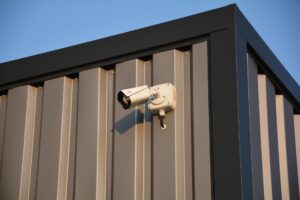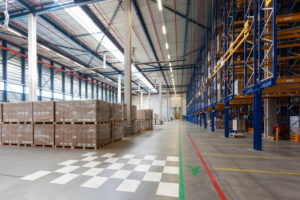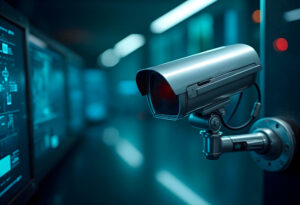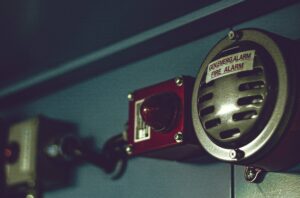How Many Fire Extinguishers Do You Need?
Determining the correct number of fire extinguishers for your building involves understanding specific regulations and fire safety requirements. Fire safety codes like NFPA 1 and NFPA 10 establish guidelines for commercial, industrial, and multi-residential buildings, requiring careful planning for adequate fire protection against different types of fire.
TL;DR: Most commercial and multi-family buildings require fire extinguishers placed so occupants never travel more than 75 feet. The exact number depends on building size, occupancy type, and the type of fire risk present.
Key Takeaways
- Most buildings (except single-family homes) require fire extinguishers by law.
- Max travel distance to an extinguisher should be no more than 75 feet.
- Different fire classes (A, B, C, D, K) require specific extinguisher types (e.g., water fire extinguisher, foam fire extinguisher, CO2 fire extinguishers).
- Extinguishers must be installed between 4 inches and 5 feet above the floor.
- Regular inspection and maintenance are mandatory for compliance.
Fire Extinguisher Requirements: What Building Owners Need to Know
Fire safety regulations require nearly all building types to have fire extinguishers readily available. NFPA 1 and local codes govern this. If you own or manage multifamily dwellings, apartments, or any commercial property, you must comply. NFPA 1 and NFPA 10 outline placement, quantity, and maintenance rules for portable fire extinguishers.
Understanding these regulations is crucial. Failure can result in penalties and leaves your building vulnerable. Familiarize yourself with local UK fire codes.
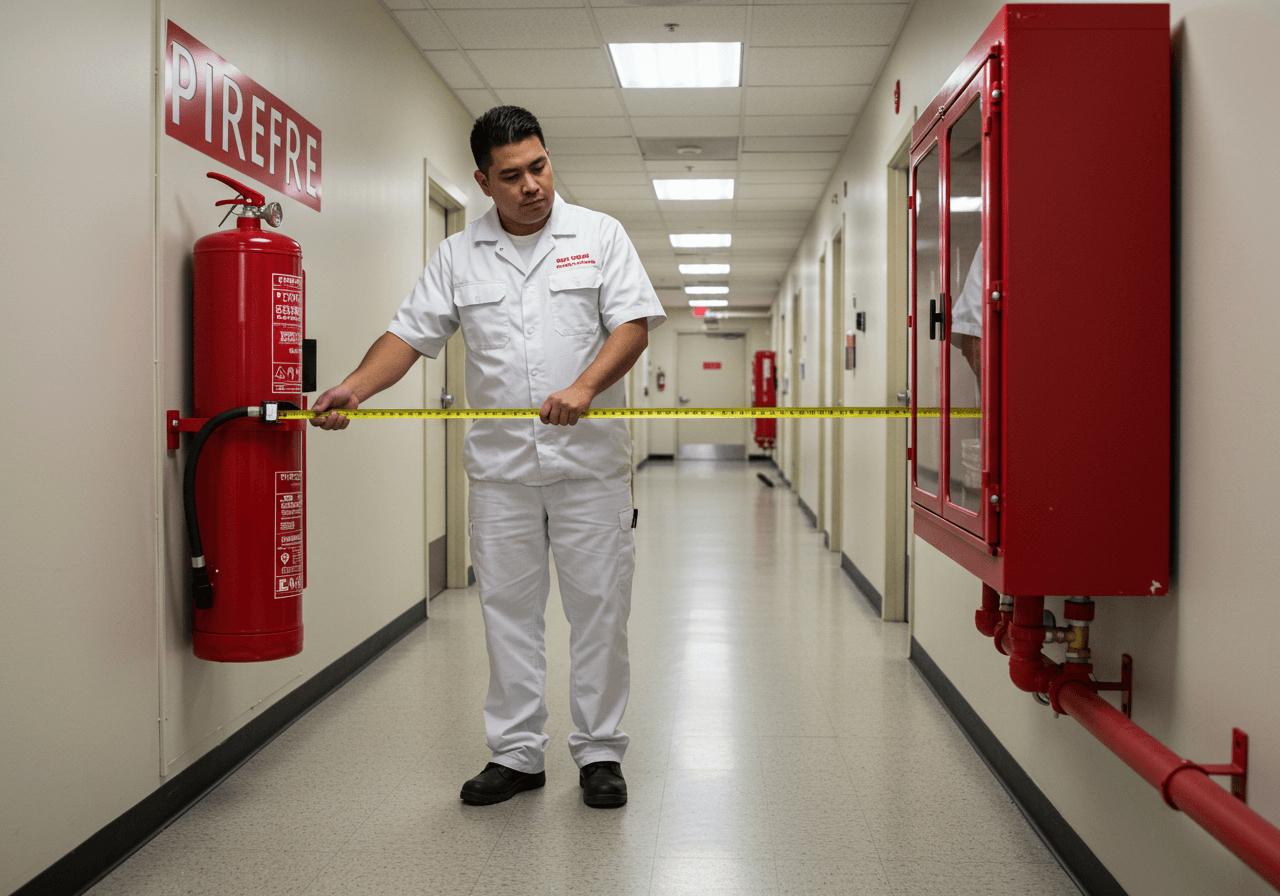
Determining the Right Number of Fire Extinguishers
Factors determining how many fire extinguishers your building needs:
- Building’s total square footage: Larger buildings need more extinguishers.
- Travel distance: Occupants should never travel more than 75 feet to the nearest extinguisher.
- Fire hazard level: High-risk areas (kitchens, workshops) need additional or specialized fire protection. The type of fire extinguisher selected must match the type of fire risk.
Using combination ABC powder extinguishers (a common type of dry powder fire extinguisher) can simplify compliance as they cover multiple fire classes (A, B, and C fires).
Types of Fire Extinguishers: Selecting the Right Protection
Different types of fire require different extinguishing agents. Here are the main types of fire extinguishers based on fire classes:
- Class A fires: Involve ordinary combustibles (paper, wood). Water fire extinguishers (or water extinguishers) are effective on class a fires here, as are some foam fire extinguishers. These water-based extinguishers work by cooling the fire.
- Class B fires: Flammable liquids (oil, gasoline – a liquid fire). Foam fire extinguishers (which smother the fire), dry powder fire extinguishers, or CO2 fire extinguishers are used.
- Class C fires: Involve energized electrical equipment. Require non-conductive agents like those in a carbon dioxide fire extinguisher (CO2) or dry powder extinguisher. Never use water fire on an electrical fire.
- Class D fires: Combustible metals. Require specialized powder fire extinguishers.
- Class K fires (or F fires in the UK/EU): Cooking oils/fats. Wet chemical fire extinguishers are specifically designed for these.
ABC powder extinguishers offer broad protection and are popular for general use. For specific hazards, specialised extinguishers are needed: Class K for kitchens (often wet chemical fire extinguishers), Class D for labs. Server rooms might benefit from gaseous fire suppression or CO2 extinguishers as they leave no residue. Water mist extinguishers are a newer technology and can be used on some electrical fires and other fire classes. Always check the label to see which class of fire the extinguisher should be used on. The 5 types of fire extinguishers most commonly referred to are Water, Foam, Dry Powder, CO2, and Wet Chemical.
Placement and Installation Guidelines
Proper installation ensures extinguishers are accessible. Mount at least 4 inches above ground, no more than 5 feet high. Heavier extinguishers (over 40 lbs) should have the handle no higher than 3.5 feet.
All fire extinguishers must be accessible, visible, and no obstructions blocking access. Ideal locations:
- Corridors, near exits.
- Near potential fire sources.
- Near stairwells.
- Inside areas with specific fire risks.
Multi-story buildings need at least one extinguisher per floor, meeting the 75-foot rule. Use signage for visibility. Consider fire extinguisher stands if wall mounting isn’t ideal.
Special Considerations for Different Building Types
Detached garages/outbuildings should have at least one commercial fire extinguisher. Commercial kitchens require Class K (wet chemical fire) extinguishers. Labs with combustible metals need Class D powder extinguishers.
For specialised environments, consult with fire safety professionals. They can assess specific risks and recommend appropriate fire protection from the full range of fire extinguisher types. Don’t forget maintenance areas and storage spaces.
Code Compliance and Enforcement
NFPA 10 and OSHA set minimum standards. Local codes may add additional specific requirements. Always check with local fire authorities.
Regular inspections are mandatory:
- Monthly visual checks by staff.
- Annual professional inspections by certified technicians.
- Periodic hydrostatic testing (5-12 years depending on extinguisher type).
- Immediate replacement of damaged/ used fire extinguishers.
Document all activities to demonstrate compliance. This is key for all fire safety equipment.
Conducting Your Fire Extinguisher Assessment
Perform a complete fire risk assessment. Identify potential fire hazards and required extinguisher classes. Calculate square footage and divide by NFPA recommended coverage (e.g., light hazard up to 3,000 sq ft per extinguisher). Map locations, ensuring no area exceeds 75 feet travel. Consult a specialist for complex buildings.
Fire Extinguisher Maintenance and Training
Regular maintenance ensures fire extinguishers work when needed. Conduct monthly visual inspections:
- Correct location.
- No obstructions.
- Pressure gauges correct.
- No visible damage.
- Seals/pins intact.
Annual professional inspections are mandatory. Staff training on the PASS technique (Pull, Aim, Squeeze, Sweep – aiming at the base of the fire) is important. Fire fighting should only be attempted for small, manageable fires.
Fire extinguishers are part of a full fire safety plan, alongside alarms and sprinklers. When you buy fire extinguishers (e.g., fire extinguishers online or from suppliers in the fire industry), ensure they are high quality fire safety equipment and suitable for the identified type of fire risk. Check the fire rating on the extinguisher.
Sources
Impact Fire Services – How Many Fire Extinguishers Do I Need in My Building
NFPA – Extinguisher Placement Guide
Home Depot – Ensure Safety with NFPA Fire Extinguisher Requirements
Pflugerville Fire – Fire Extinguisher Requirements
QRFS – When and Where Should Fire Extinguishers Be Installed
